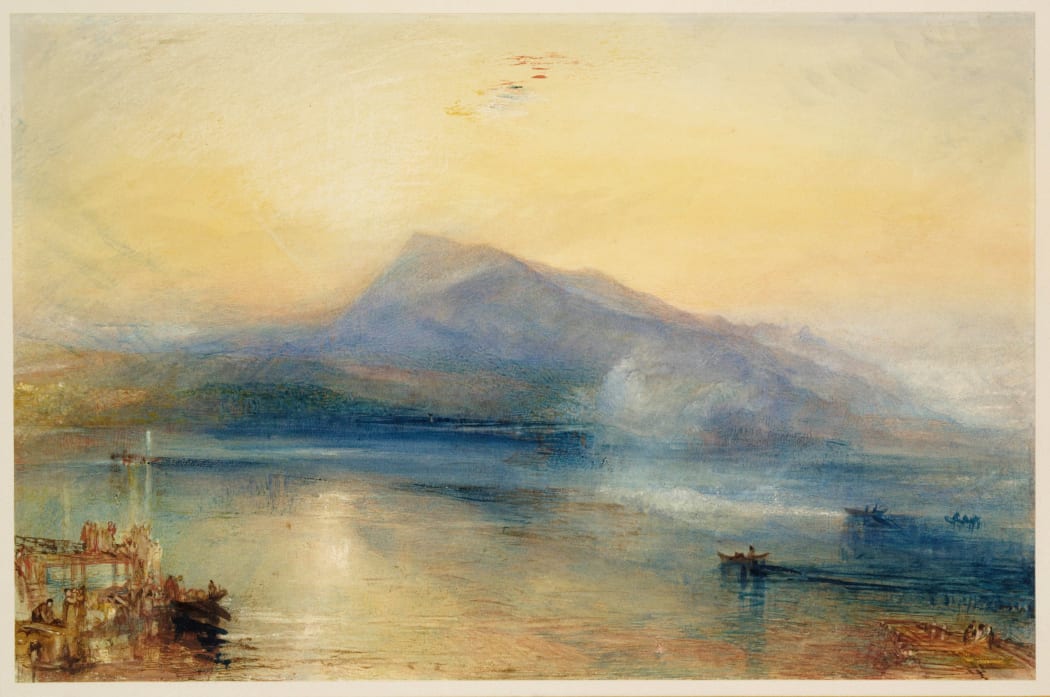
As the summer holidays draw to a close with the bank holiday weekend behind us, we're all looking ahead to a busy autumn season at the gallery, with renovations underway and exhibitions looming. It's still August, though, so let's have a look back at some of the places you might have travelled this year - in particular, to those places that attracted some of our favourite artists on their own holidays and travels, inspiring many of their finest works.
|







